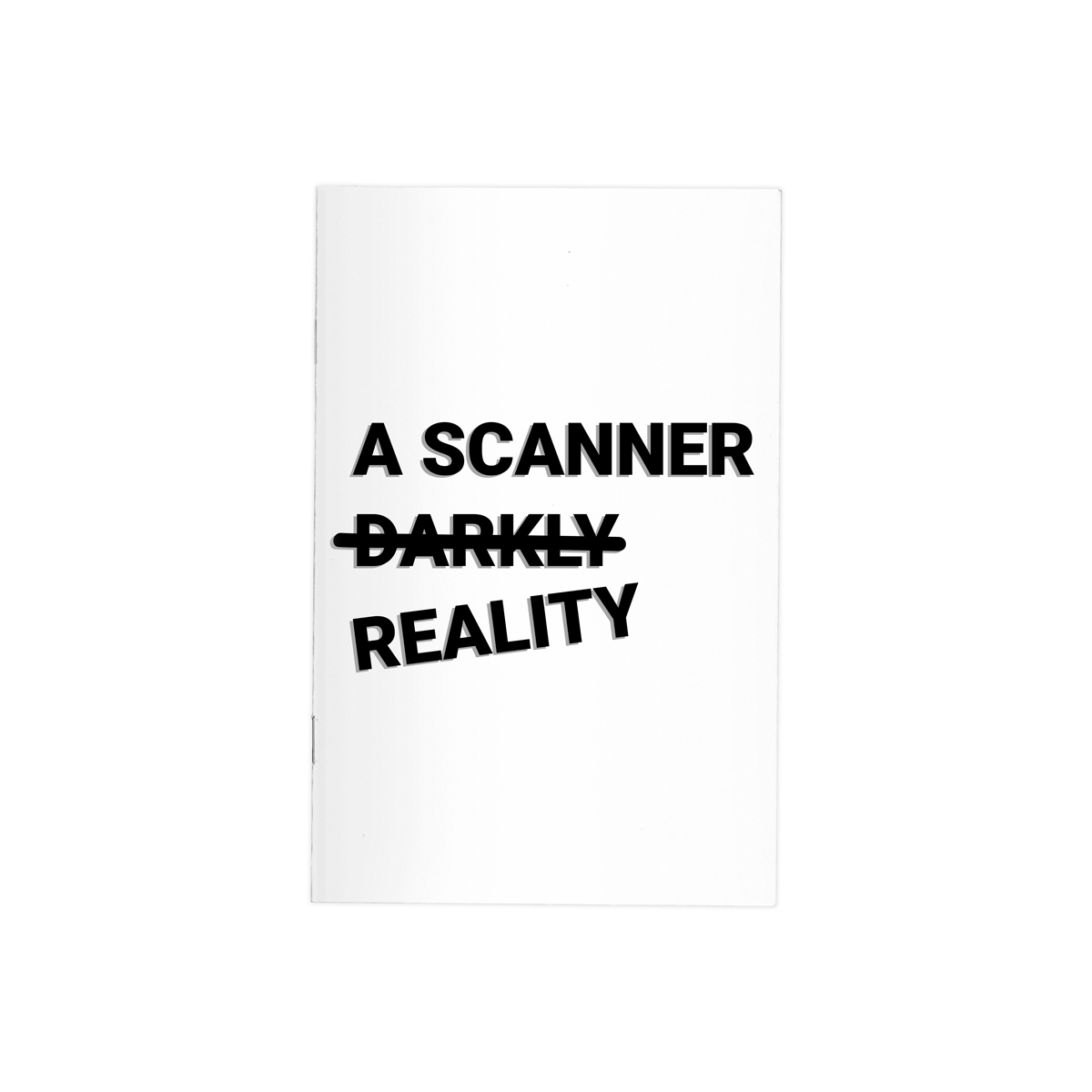Download: Ordered PDF | Paginated PDF
Introduction: A Scanner Reality
In 1977 Phillip K. Dick published the dystopian sci-fi classic A Scanner Darkly. Robert Arctor, the books protagonist, is an addict; his mental capacities slowly degrading. Using Substance D an addictive pharmaceutical. A blind servant of an unseen force.
» READMORE
More than forty years later middle America is in the grips of an opioid epidemic. Four out of five new drug addicts say they began with the abuse of Oxycontin. An opiate that entered the market under the auspice of ‘non-addictive’. Lining the pockets of doctors and corporations alike.
Two stories in seemingly disparate realities. Then again, “Reality, by itself, becomes a story by Phillip K. Dick.”
A Scanner Darkly: A Summary
Robert Arctor is an undercover agent who’s addicted to a pharmaceutical, ‘Substance D’. Working anonymously for the police department, under the psuedonym ‘Fred’, Arctor dwells with a long list of addicts in his family’s former home. A house in the suburbs where addiction is now routine.
Arctor, his cognitive abilities waning, is assigned to investigate himself. Paranoid accusations abound Arctor’s friends begin to turn on him and slowly he loses touch with reality. No longer certain of his own actions Arctor checks into rehab at New-Path.
New-Path, a federal contractor, is the only option for ‘D’ addicts. Stripping his ‘addictive personality’ Arctor takes on the name ‘Bruce’ and is transferred to a New-Path farm. A secluded operation growing the flower Mors Ontologica; Substance D’s chief ingredient.
Oxycontin: Engineering an Epidemic
Near the end of 1995 the F.D.A. approved the opioid painkiller Oxycontin. Hailed as a ‘medical breakthrough’ it hit the market in 1996 patented by Purdue Pharma. Whom lied in assuring the medical community patients would not become addicted. Aggressively marketing Oxycontin Purdue Pharma bought influence with professors, politicians, and researchers.
It quickly became, “the hottest thing on the street.” Between 1991 and 2011 painkiller prescriptions more than tripled. By 2012 one in three drug users were being prescribed drugs more powerful than morphine. Killing over 400,000 since 2000; with 15 seeking treatment for every death.
After more than $30 billion in profits, in 2018, a Purdue Pharma subsidiary patented an addiction treatment for opioid addicts.
Reality: A Story by Phillip K. Dick
In A Scanner Darkly Substance D is distributed by New-Path. In reality Oxycontin is distributed by pharmacists and doctors. In both cases entities whom society entrusted to cure sickened. All the while turning a profit.
Addiction treatment is a $35 billion a year industry. Those who pay are, “…punished entirely too much for what they did.”
While people die, serve prison sentences, and deal with the consequences of addiction, New-Path profits.
While people die, serve prison sentences, and deal with the consequences of addiction, drug companies profit.
“Every junkie, he thought, is a
Recording.”
“It’s easy to win. Anybody can win.”
Sources:
https://www.drugabuse.gov/drugs-abuse/opioids/opioid-overdose-crisis
https://www.hhs.gov/opioids/about-the-epidemic/index.html
https://www.usda.gov/topics/opioids
https://www.northpointwashington.com/blog/big-pharma-big-lies/
» ...
